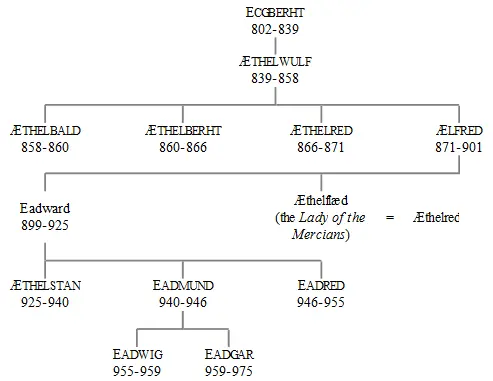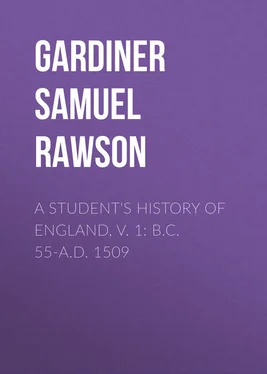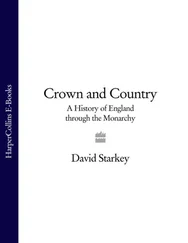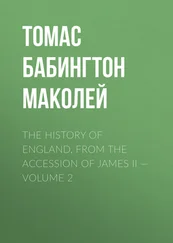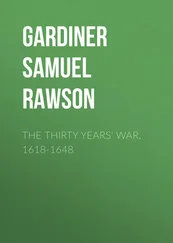11. The Land.—The cultivated land was surrounded either by wood or by pasture and open commons. Every cottager kept his hive of bees, to produce the honey which was then used as we now use sugar, and drove his swine into the woods to fatten on the acorns and beech nuts which strewed the ground in the autumn. Sheep and cattle were fed on the pastures, and horses were so abundant that when the Danish pirates landed they found it easy to set every man on horseback. Yet neither the Danes nor the English ever learnt to fight on horseback. They rode to battle, but as soon as they approached the enemy they dismounted to fight on foot.
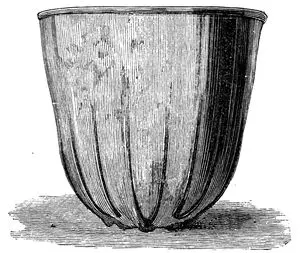
Glass tumbler. (British Museum.)
12. Domestic Life.—The huts of the villagers clustered round the house of the lord. His abode was built in a yard surrounded for protection by a mound and fence, whilst very great men often established themselves in burhs, surrounded by earthworks, either of their own raising or the work of earlier times. Its principal feature was the hall, in which the whole family with the guests and the thegns of the lord met for their meals. The walls were covered with curtains worked in patterns of bright colours. The fire was lighted on the hearth, a broad stone in the middle, over which was a hole in the roof through which the smoke of the hall escaped. The windows were narrow, and were either unclosed holes in the wall, or covered with oiled linen which would admit a certain amount of light.
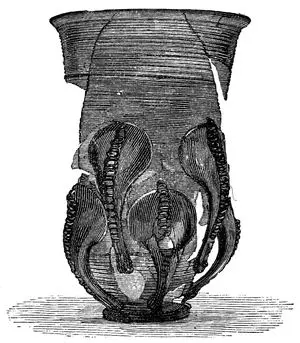
Drinking glass. (British Museum.)
13. Food and Drink.—In a great house at meal-time boards were brought forward and placed on tressels. Bread was to be had in plenty, and salt butter. Meat too, in winter, was always salted, as turnips and other roots upon which cattle are now fed in winter were wholly unknown, and it was therefore necessary to kill large numbers of sheep and oxen when the cold weather set in. There were dishes, but neither plates nor forks. Each man took the meat in his fingers and either bit off a piece or cut it off with a knife. The master of the house sat at the head of the table, and the lady handed round the drink, and afterwards sat down by her husband's side. She, however, with any other ladies who might be present, soon departed to the chamber which was their own apartment. The men continued drinking long. The cups or glasses which they used were often made with the bottoms rounded so as to force the guests to keep them in their hands till they were empty. The usual drink was mead, that is to say, fermented honey, or ale brewed from malt alone, as hops were not introduced till many centuries later. In wealthy houses imported wine was to be had. English wine was not unknown, but it was so sour that it had to be sweetened with honey. It was held to be disgraceful to leave the company as long as the drinking lasted, and drunkenness and quarrels were not unfrequent. Wandering minstrels who could play and sing or tell stories were always welcome, especially if they were jugglers as well, and could amuse the company by throwing knives in the air and catching them as they fell, or could dance on their hands with their legs in the air. When the feast was over, the guests and dependents slept on the floor on rugs or straw, each man taking care to hang his weapons close to his head on the wall, to defend himself in case of an attack by robbers in the night. The lord retired to his chamber, whilst the unmarried ladies occupied bowers, or small rooms, each with a separate door opening on to the yard. Their only beds were bags of straw. Neither men nor women wore night-dresses of any kind, but if they took off their clothes at all, wrapped themselves in rugs.
Конец ознакомительного фрагмента.
Текст предоставлен ООО «ЛитРес».
Прочитайте эту книгу целиком, на ЛитРес.
Безопасно оплатить книгу можно банковской картой Visa, MasterCard, Maestro, со счета мобильного телефона, с платежного терминала, в салоне МТС или Связной, через PayPal, WebMoney, Яндекс.Деньги, QIWI Кошелек, бонусными картами или другим удобным Вам способом.
There were also four smaller divisions, ultimately increased to five. All that is known about their position is that they were not where they are placed in our atlases.
Genealogy of the principal Northumbrian kings:—[ Note. —The names of kings are in capitals. The figures denote the order of succession of those who ruled over the whole of North-humberland. Those whose names are followed by a B. or D. ruled only over Bernicia or Deira respectively.]
Genealogy of the English kings from Ecgberht to Eadgar:—
